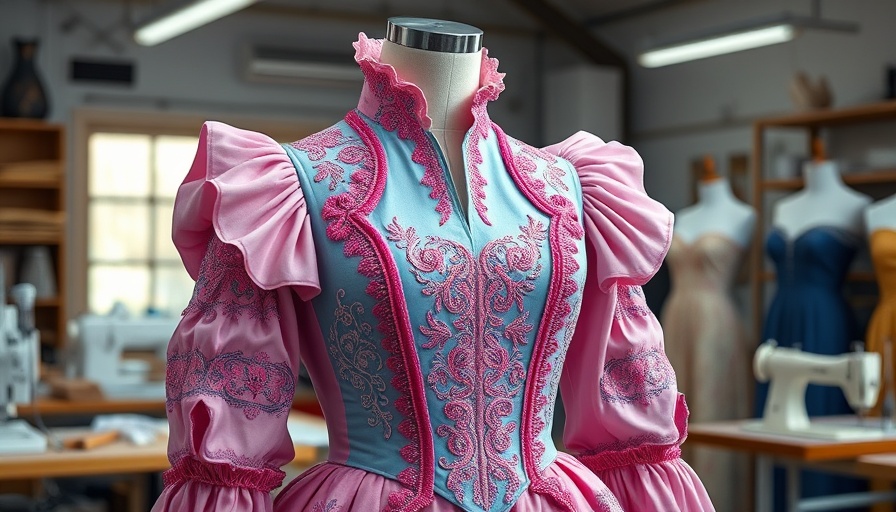
Rediscovering 'Anne of Green Gables': A Timeless Classic
The anticipation surrounding the Stratford Festival's 2025 adaptation of 'Anne of Green Gables' is palpable. This beloved story continues to resonate across generations, drawing in young audiences and adults alike with its themes of imagination, resilience, and the quest for belonging. As we delve into the nuances of this new production, we uncover not just a story about a fiery-haired orphan, but the profound connections it fosters within communities.
In 'Anne of Green Gables (Official Trailer) | Stratford Festival 2025', we’re drawn into the enchantment of this classic tale, prompting us to reflect on its lasting impact and relevance in our lives.
Exploring the Roots of 'Anne of Green Gables'
Originally penned by Lucy Maud Montgomery in 1908, 'Anne of Green Gables' tells the story of an imaginative young girl named Anne Shirley, who transforms the lives of everyone around her with her vivid imagination and indomitable spirit. Set against the idyllic backdrop of Prince Edward Island, the novel touches on themes that remain relevant today: family, friendship, and the struggles of growing up. The Stratford Festival's upcoming adaptation is an invitation to revisit not only the charm of Anne's adventures but the cultural importance of such tales in our lives.
Connecting With the Character of Anne Shirley
What makes Anne so relatable, even to modern audiences, is her complexity. She is not just a whimsical dreamer but a young girl grappling with her identity and the challenges of finding a place to belong. As we hear in the trailer, her spunky disposition and quick wit come to life through spirited dialogue: "Am I talking too much? People always tell me I do…" This moment captures the essence of Anne’s character—her eagerness to connect and her fear of rejection. For many viewers, particularly children and teens, Anne serves as a mirror reflecting their own hopes, dreams, and insecurities.
The Artistic Value of Theatre Adaptations
Theater allows for unique storytelling experiences that differ significantly from reading novels. Live performances, like those at the Stratford Festival, engage audiences in a communal experience, fostering emotional connections that are hard to replicate in solitary reading. This adaptation aims to blend Montgomery's original narrative with contemporary themes, making it accessible and relevant for today's viewer. The trial period for Anne's stay with Marilla and Matthew Cuthbert symbolizes much more than just a temporary arrangement; it underscores the uncertainty and hope that characterizes every quest for acceptance.
Importance of Art in Community Building
Festivals like Stratford serve as cultural beacons for their communities. They gather people of all ages to share experiences through performances that spotlight fundamental human values. 'Anne of Green Gables' is particularly positioned to evoke nostalgia among older audiences while inspiring younger ones. The shared laughter, tears, and triumphs experienced in the theater set the stage for meaningful discussions about identity, social connections, and the importance of belonging in our ever-changing world.
A Film and Theatre Legacy
Throughout the years, 'Anne of Green Gables' has seen numerous adaptations, from films to miniseries. Each iteration brings new insights and interpretations to the familiar narrative, showcasing its versatility and timelessness. As we wait for the Stratford Festival's 2025 production, we ponder how the film will differ and what fresh perspectives it may add to a narrative we thought we already knew so well.
Moving Forward with the Story!
As we look to the future, the upcoming adaptation of 'Anne of Green Gables' is not just another performance; it is a reminder of the transformative power of storytelling. Whether you're a lifelong fan or a newcomer to Anne's world, this festival promises an engaging exploration of a narrative that urges us to embrace our individuality and find beauty in the ordinary.
In this time of change, let us celebrate not just the art of theater but the stories that unite us. Let's keep the spirit of Anne alive, finding our own voice amidst the beautiful chaos of life.
 Add Row
Add Row  Add
Add 




Write A Comment